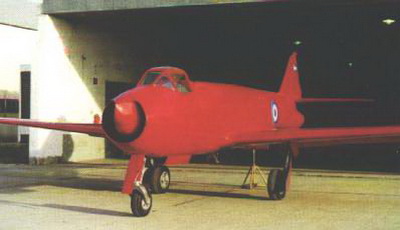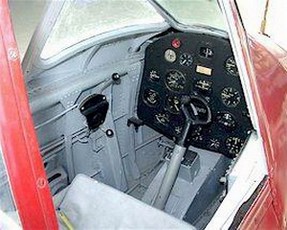Pulqui 1 - Machtres Fighters
Main menu
- index
- Air Services
-
Planes
- list
- Weapons
- Gallery
- transport
- liners
- X projects
- Air Forces
- Air Disasters
- red-bull
- Specials
- Choppers
- History
- Aircraft Carriers
-
Information
- Argentine
- Space
Pulqui 1

 At 5:25 P.M. on August 9, 1947, a strange-
At 5:25 P.M. on August 9, 1947, a strange-
It was the "Pulqui" (also called "Arrow," in the Araucanian language), piloted by the first lieutenant Edmond Osvaldo Weiss, which was the beginning of a new era in what was Argentina's aeronautical technology. From that moment,  Argentina entered into the group of nations that had the potential plan, build, and put into flight planes that were jet propelled. This was the final stage of a project that had begun a year earlier in Cordoba's Air-
Argentina entered into the group of nations that had the potential plan, build, and put into flight planes that were jet propelled. This was the final stage of a project that had begun a year earlier in Cordoba's Air-
TECHNICAL DATA
Type: One-
Powerplant:
Wingspan:
Wing Area: 19,70m2
Length: 9.69m
Height: 3,29m
Completely loaded: 2.041kg
Maximum speed (horizontally): 720km/h
Service ceiling: 15,500m
Range: 900 km
Weapons: 4-